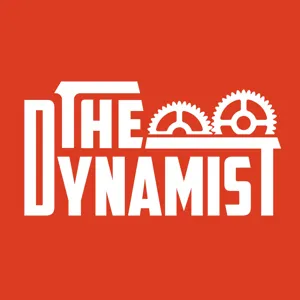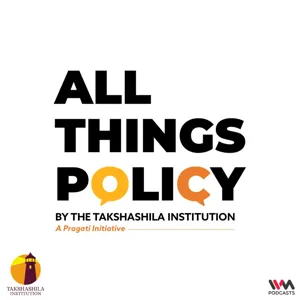In the fascinating tapestry of machine learning methodologies, Evolving Neural Networks (EnNs) emerge as a compelling fusion of biological inspiration and computational prowess. While traditional neural networks draw from the neural structures of the brain, EnNs go a step further, embracing the principles of evolution to refine and develop network architectures.
1. The Essence of Evolution in EnNs
Evolving Neural Networks are underpinned by the concept of evolutionary algorithms. Much like species evolve through natural selection, where advantageous traits are passed down generations, EnNs evolve by iteratively selecting and reproducing the best-performing neural network architectures. Through mutation, crossover, and selection operations, these networks undergo changes, adapt, and potentially improve over time.
2. Dynamic Growth and Adaptation
Unlike conventional neural networks, which have a fixed architecture determined prior to training, EnNs allow for a dynamic change in structure. As the network interacts with data, it can grow new nodes and connections, or prune redundant ones, making it inherently adaptable to the complexities of the data it encounters.
3. The Evolutionary Cycle in Action
An Evolving Neural Network typically starts with a simple structure. As it is exposed to data, its performance is evaluated, akin to a "fitness" score in biological evolution. The best-performing architectures are selected, and through crossover and mutation processes, a new generation of networks is produced. Over many generations, the network evolves to better represent the data and task at hand.
4. Benefits and Applications
EnNs offer several distinct advantages. Their adaptive nature makes them suitable for tasks where data changes over time, ensuring that the network remains relevant and accurate. Moreover, by automating the process of architectural selection, they alleviate some of the manual fine-tuning associated with traditional neural networks. Their capabilities have been harnessed in areas such as robotics, where adaptability to new environments is crucial, and in tasks with non-stationary data streams.
5. Challenges and the Road Ahead
Evolving Neural Networks, while promising, come with computational and design challenges. The evolutionary process can be computationally intensive, and determining optimal evolutionary strategies isn't trivial. Moreover, ensuring convergence to a satisfactory solution while preserving the benefits of adaptability requires careful calibration.
In conclusion, Evolving Neural Networks epitomize the confluence of nature's wisdom and computational innovation. By marrying the principles of evolution with the foundational ideas of artificial neural networks, EnNs open up new vistas in adaptive machine learning. As the field progresses, the marriage of evolutionary dynamics and neural computation promises to usher in models that not only learn but also evolve, echoing the very essence of adaptability in the natural world.
Kind regards by Schneppat AI & GPT 5














